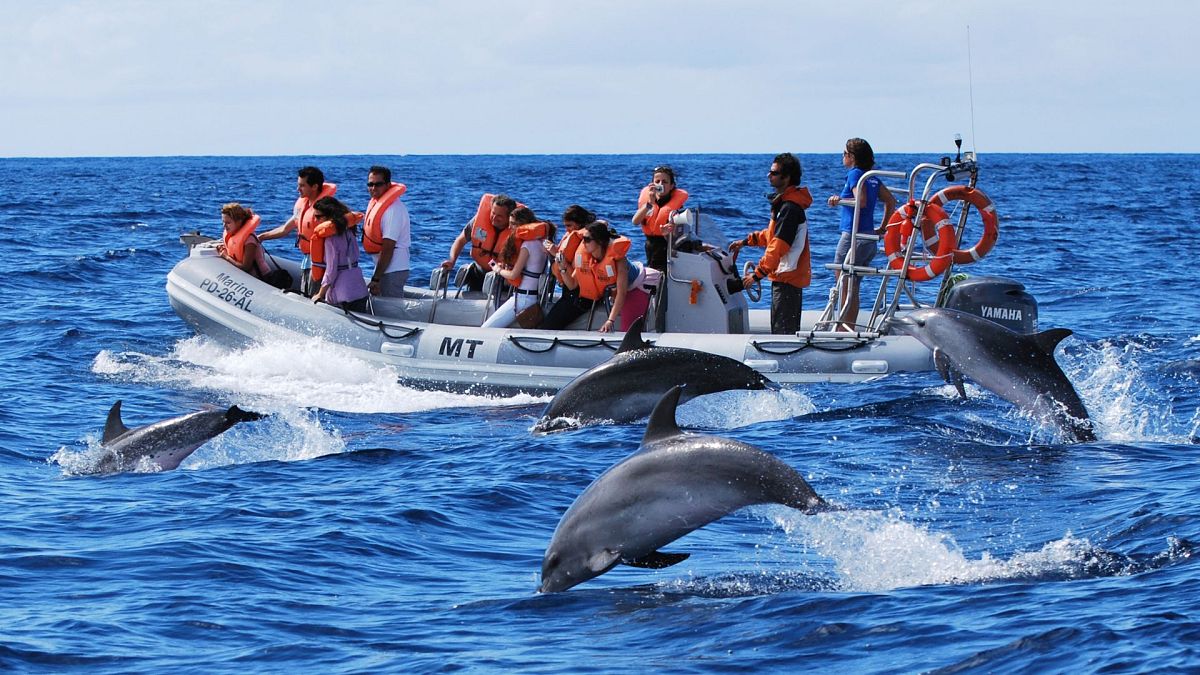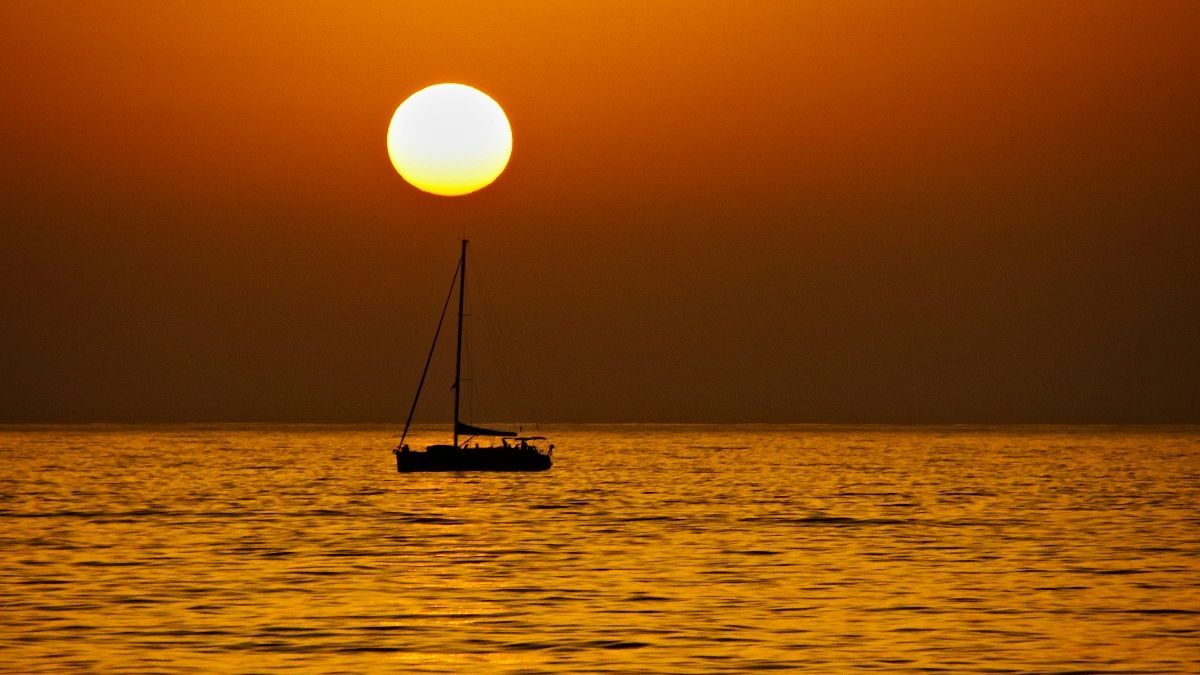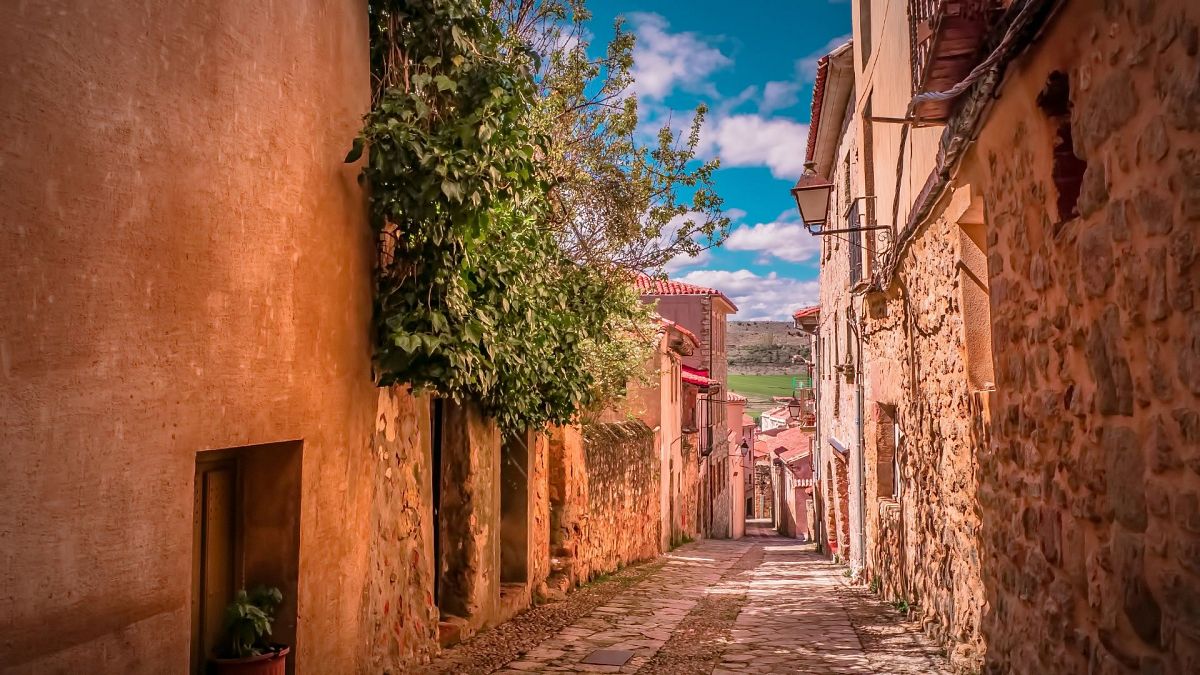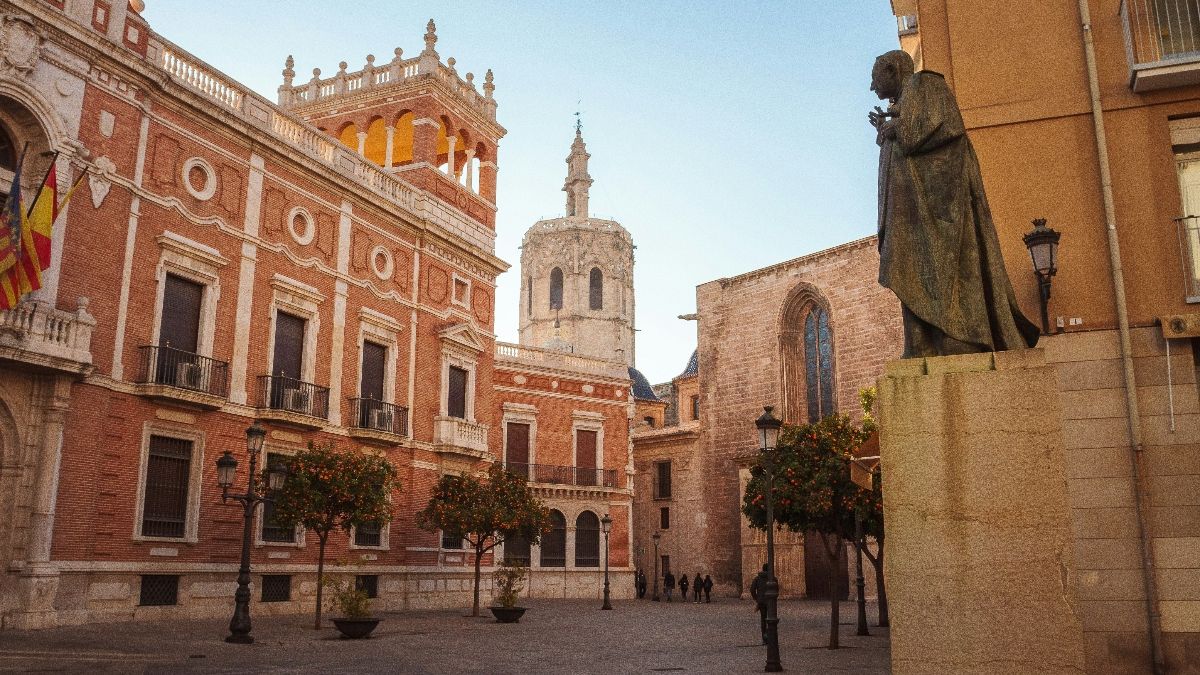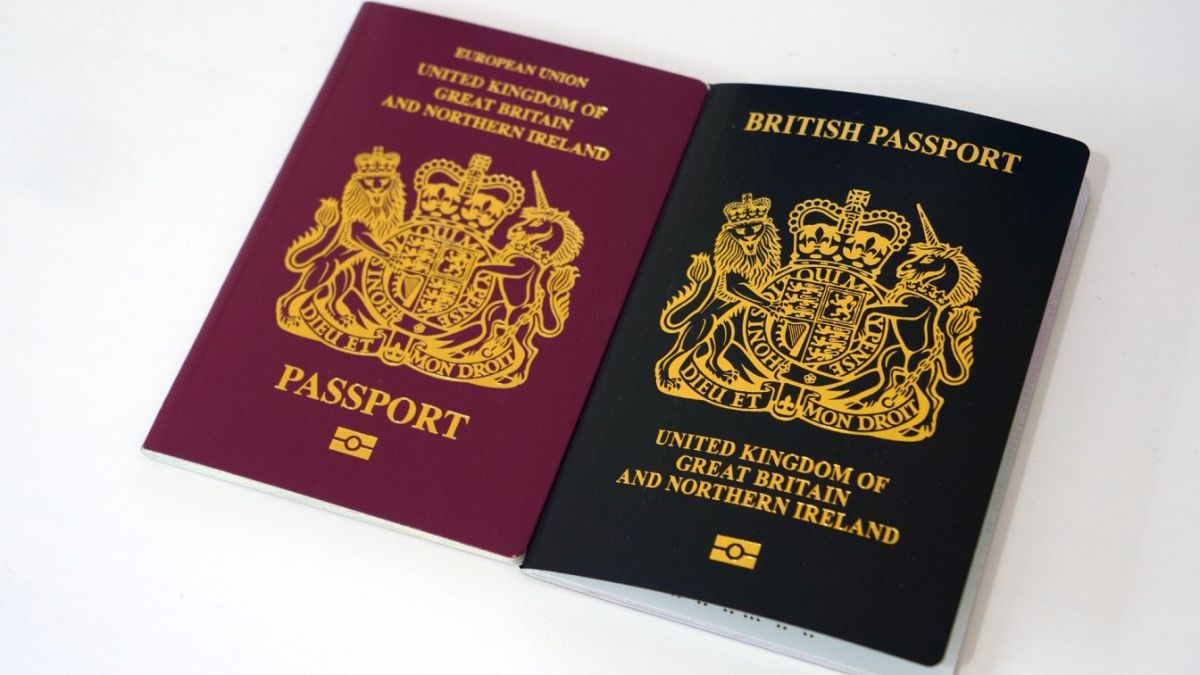Is the seaweed washing up on Florida’s beaches dangerous?
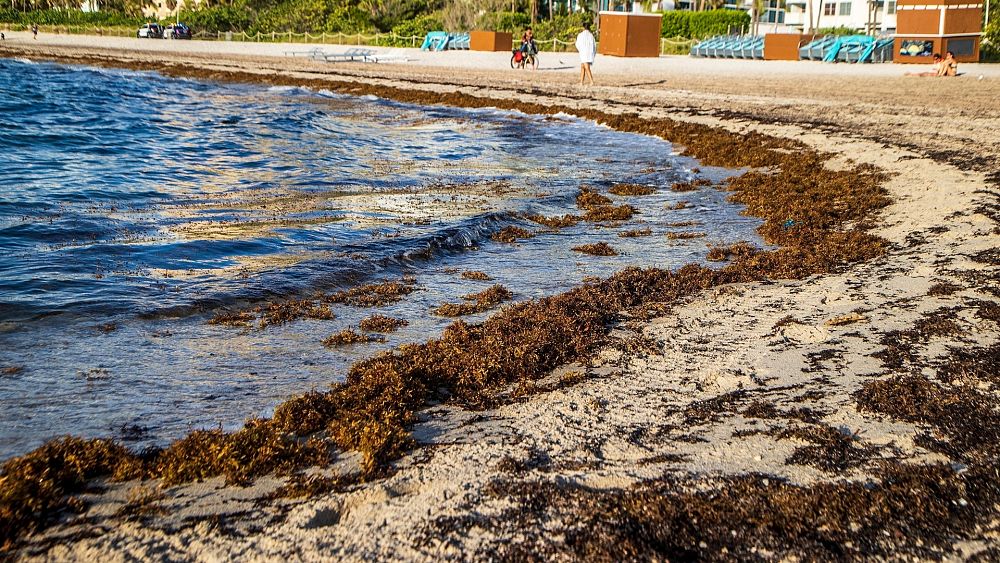
Microplastics tangled in the seaweed provide the perfect place for bacteria to grow.
An enormous blob of seaweed is floating through the Gulf of Mexico. As clumps of it start to wash up on beaches in Florida, scientists have made a potentially worrying discovery.
The thicket, known as the Great Atlantic Sargassum Belt, could become overrun with Vibrio bacteria, according to a new study. Marine biologists from Florida Atlantic University have warned that as piles of this seaweed sit decomposing on beaches, the bacteria could be lurking in the vegetation.
Samples collected in the Caribbean and the Sargasso Sea were found to contain large amounts of plastic tangled in the seaweed which give the microbes a surface to cling to.
This creates the “perfect pathogen storm” that scientists say has implications for both marine and public health.
Should beachgoers be worried about the seaweed?
There are a number of different Vibrio bacteria and around a dozen types cause an illness called vibriosis in humans. It occurs when people ingest the bacteria – leading to diarrhoea, stomach cramps, fever and vomiting – or when microbes infect an open wound.
Just one species called Vibrio vulnificus is known to cause ‘flesh-eating’ infections or necrotising fasciitis which rapidly kills skin around the wound.
Scientists didn’t find any of the known main species of bacteria that infect humans in their sargassum samples. But they did find a few new species with similar genetics to those that do.
So, while beachgoers shouldn’t panic when part of the seaweed blob washes up, they should still exercise caution. The plastic tangled within it can mean Vibrio bacteria are able to attach and start rapidly reproducing.
Without further research into the unknown species, experts don’t know exactly what risk they pose. Some were already found to target both human and animal hosts.
Even if the piles of decomposing vegetation don’t contain flesh-eating bacteria, they can still be bad for your health. A gas called hydrogen sulfide, which smells like rotten eggs, is released as it breaks down which can cause irritation to the eyes and throat.
As a precaution against potential threats, including Vibrio infections, the Florida Department of Health advises people to avoid touching or swimming around the sargassum, especially if they have open wounds.
Why is seaweed washing up on beaches in Florida and the Caribbean?
Nearly every year since 2011, sargassum has inundated the Gulf of Mexico, the Caribbean and Florida. It has become normal for large blobs of seaweed to form in the Atlantic and then wash up on beaches in the region during June and July.
But the current humongous belt stretches all the way from the African coast to the Gulf of Mexico.
It is around 8,000 kilometres long and an estimated.13.5 million tonnes. The bulk of it is expected to land along the Caribbean and eastern Florida coastline in June and July. The belt can be seen from space and data from NASA suggests that this year’s bloom could be one of the largest ever recorded.
Already this year, the popular holiday destination of Tulum in Mexico has reported seeing masses of smelly brown algae. Caribbean islands like Jamaica, Dominican Republic and Puerto Rico have seen their coastlines covered in seaweed and lumps have begun washing up in Florida too.
Many cities and states spend thousands if not millions of euros cleaning it up every year to ensure that the beaches are clear for holidaymakers and local residents to enjoy. Some have even invested in floating barriers and giant nets and pumps to stop the sargassum from reaching the shore.
Source: Euro News



